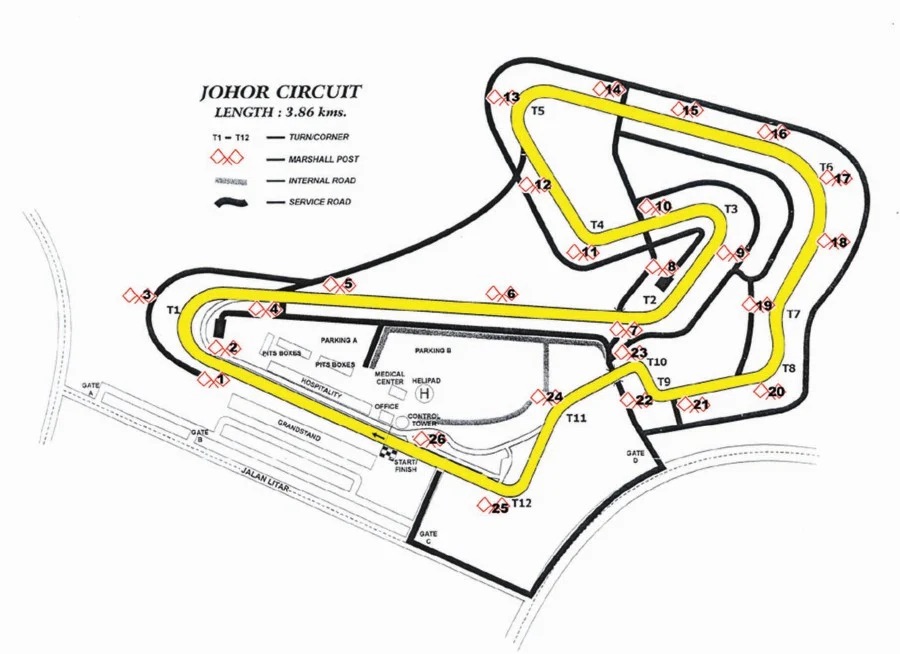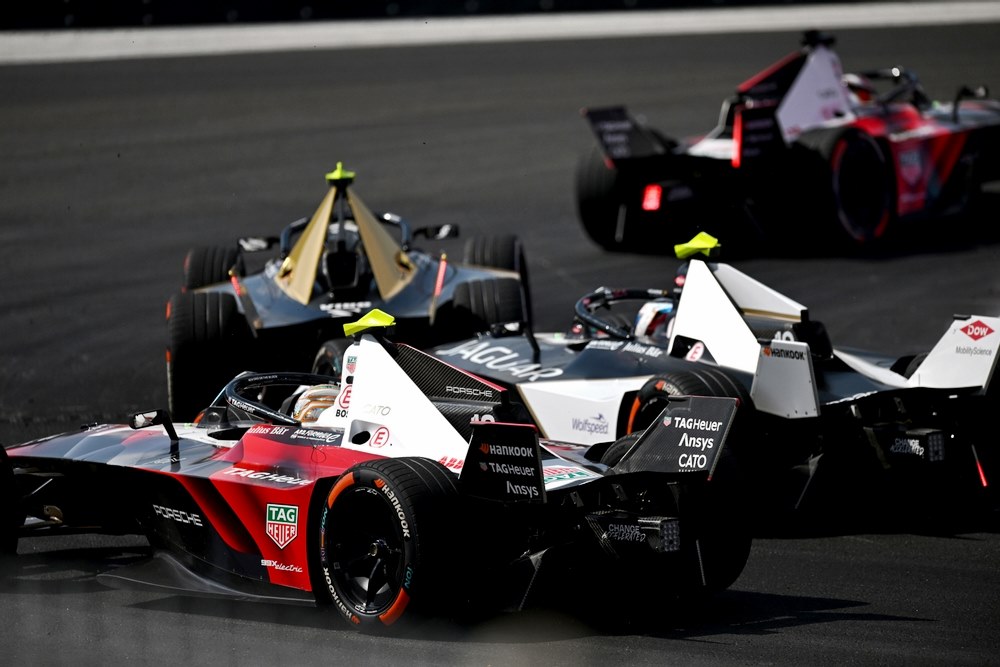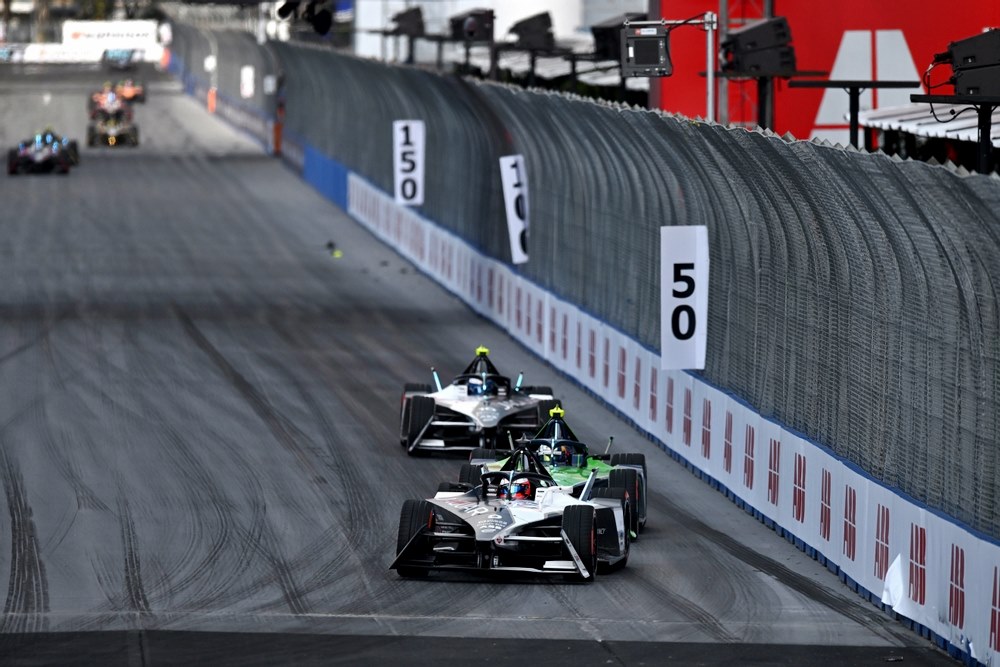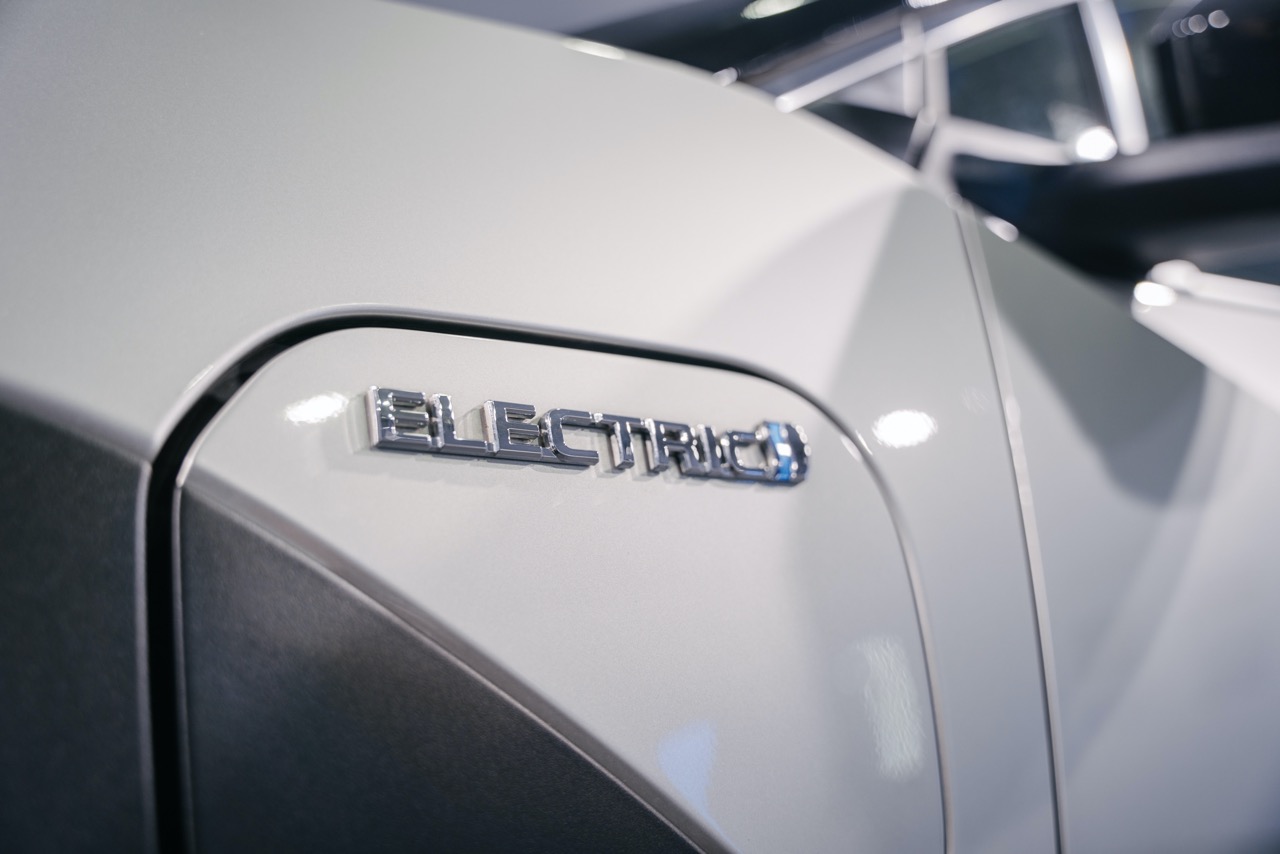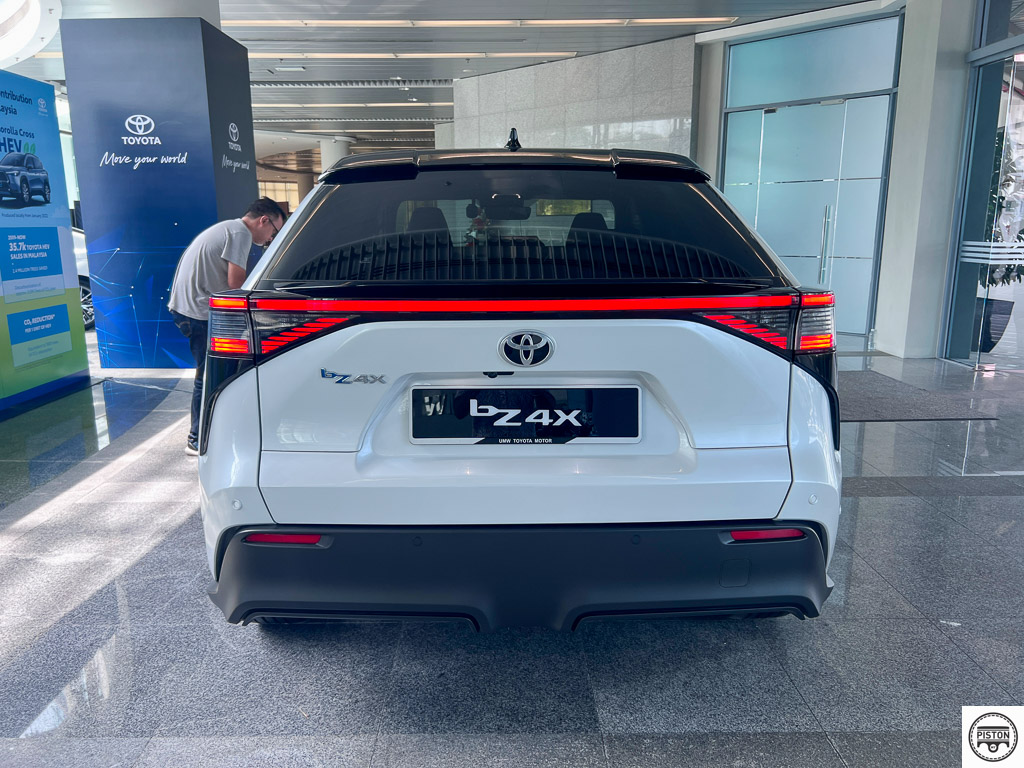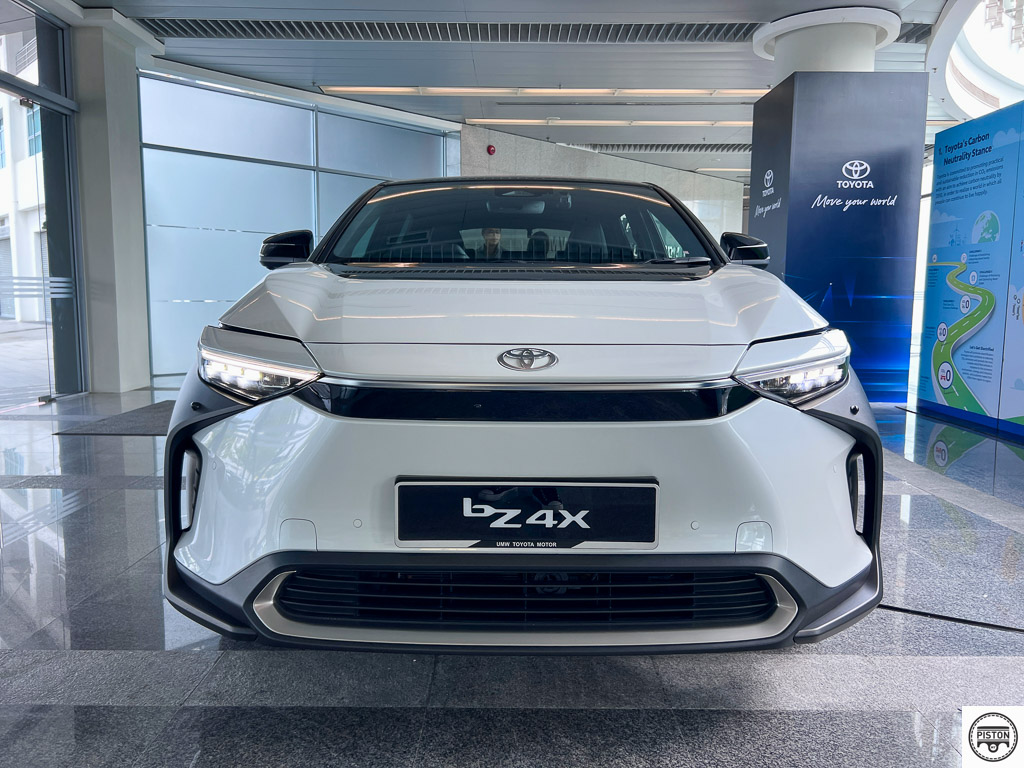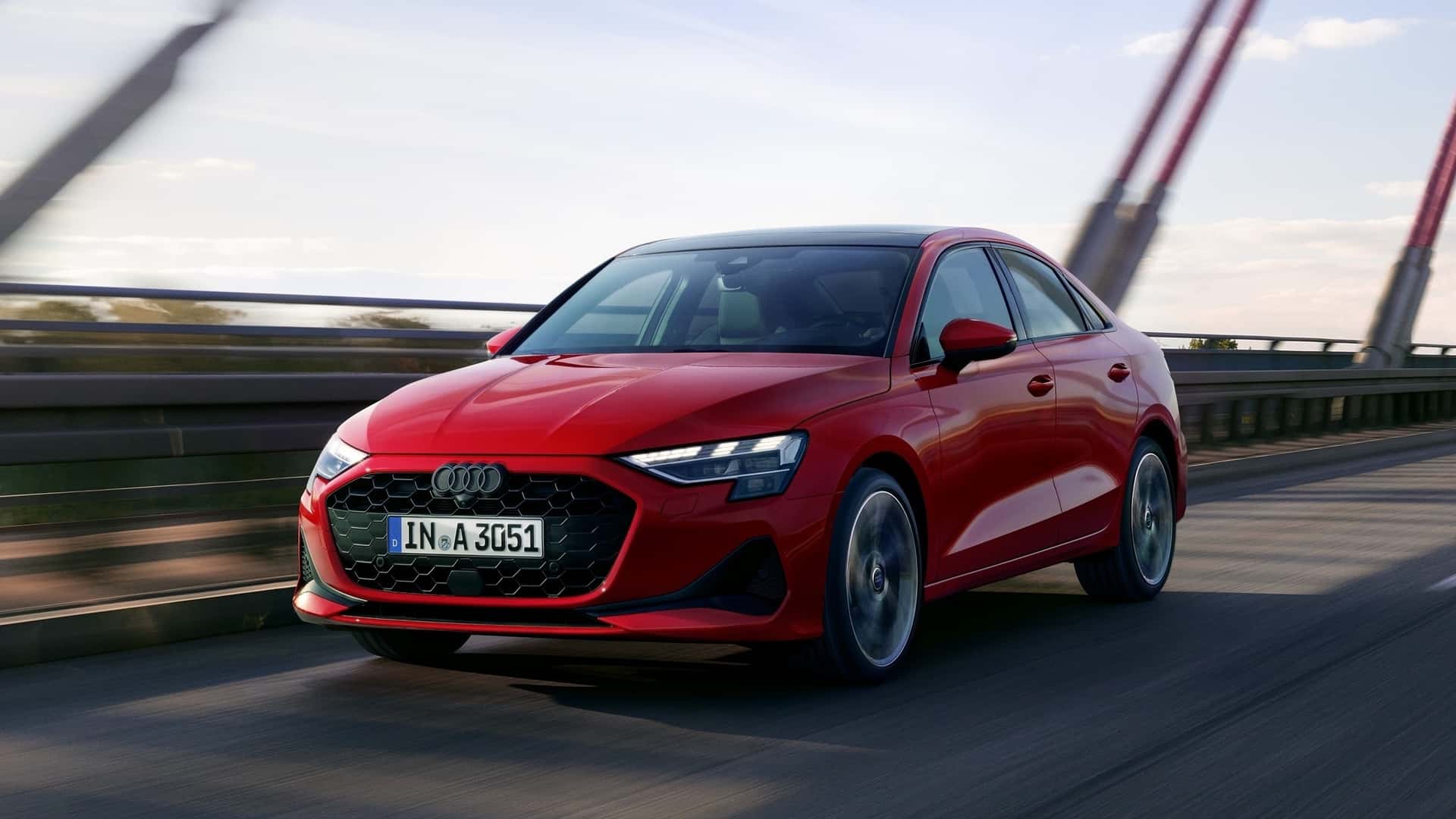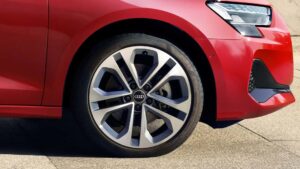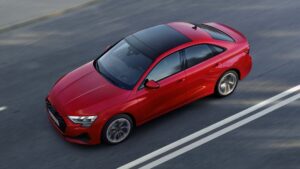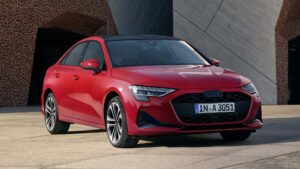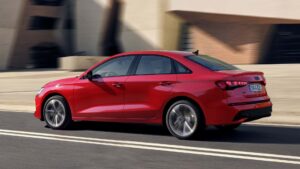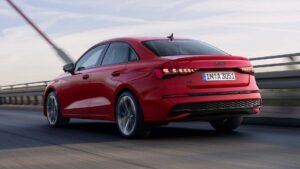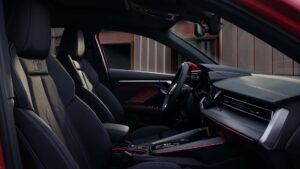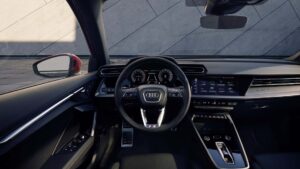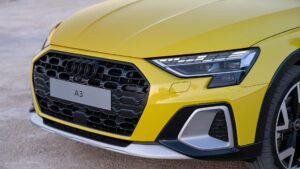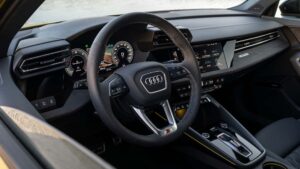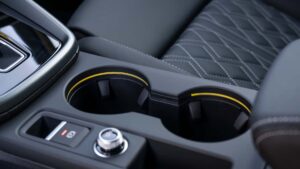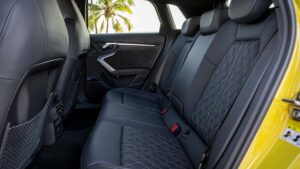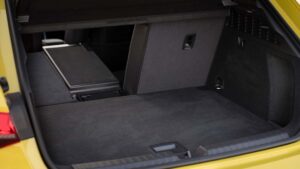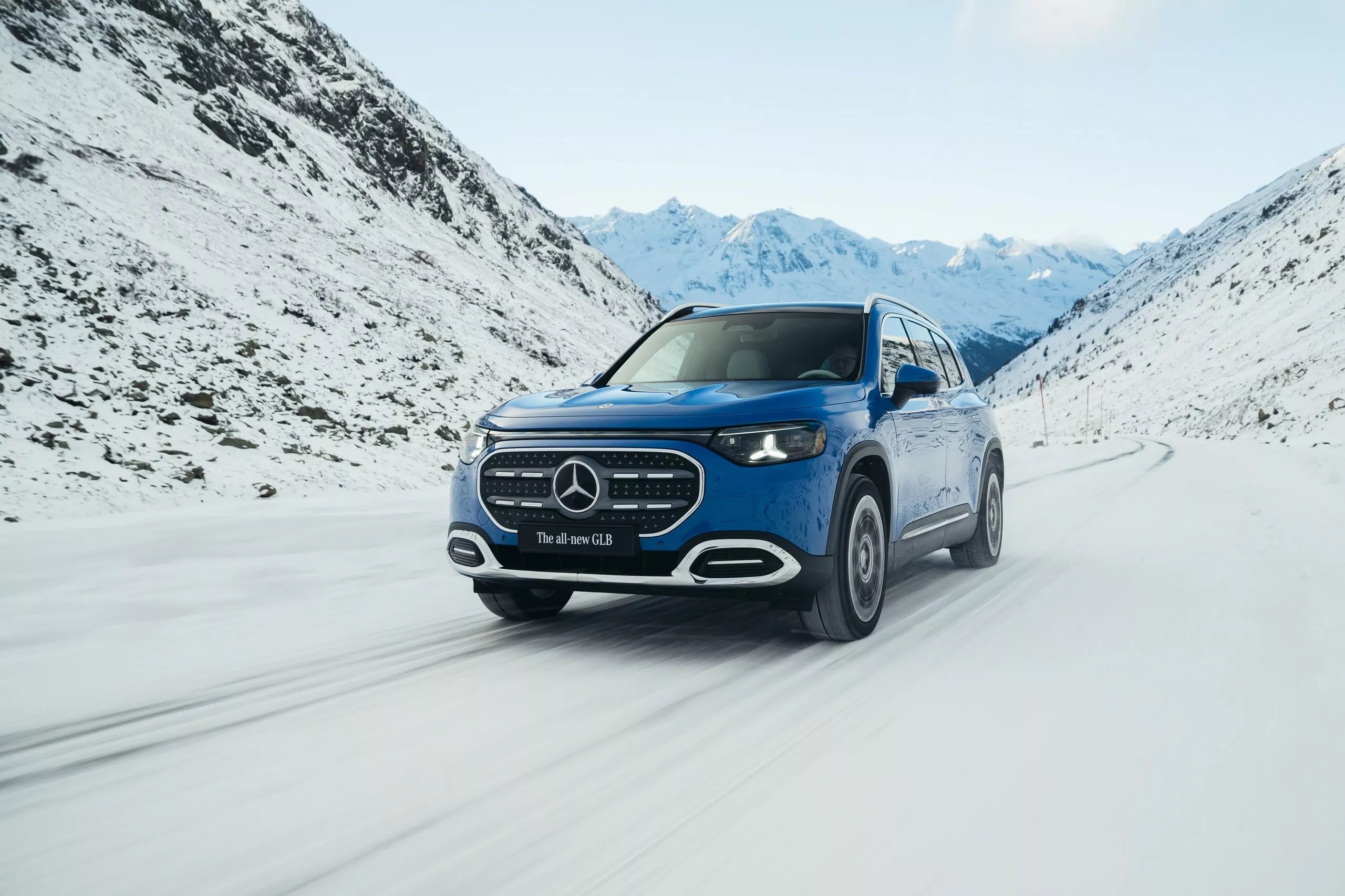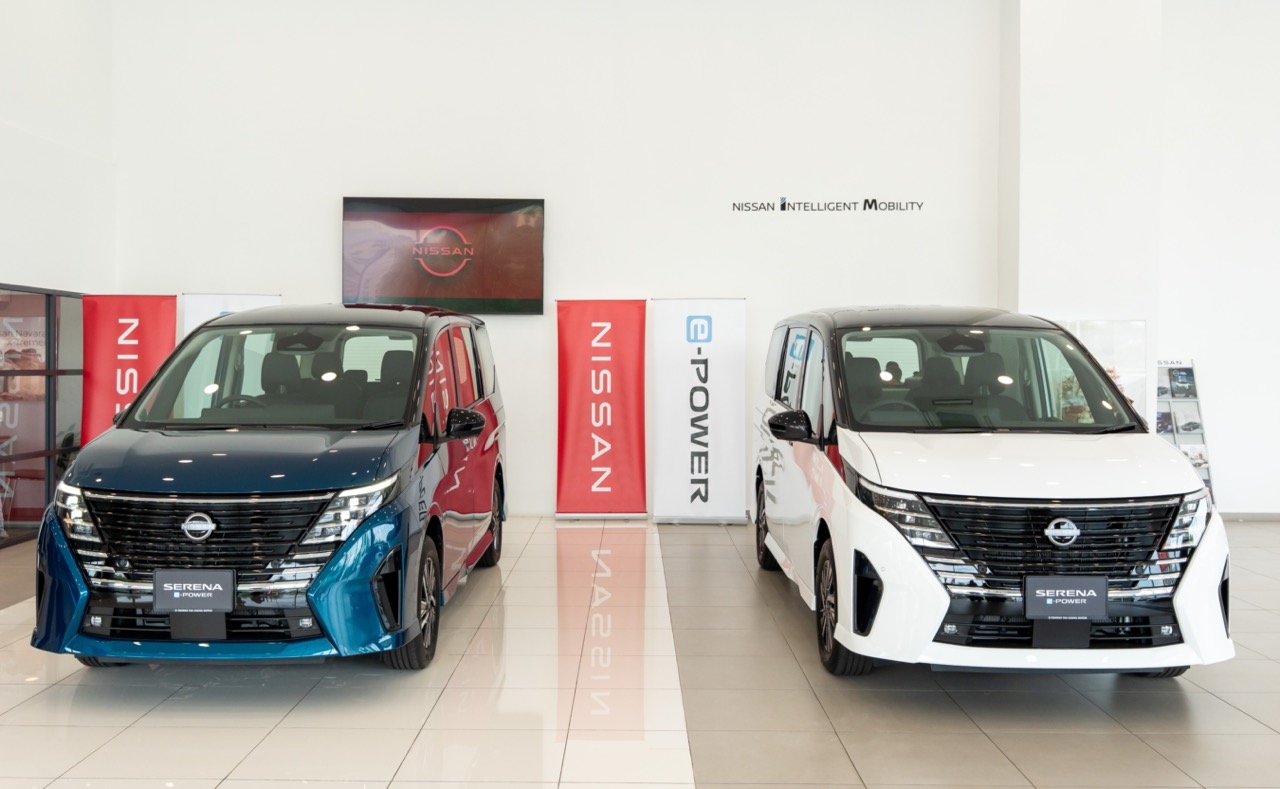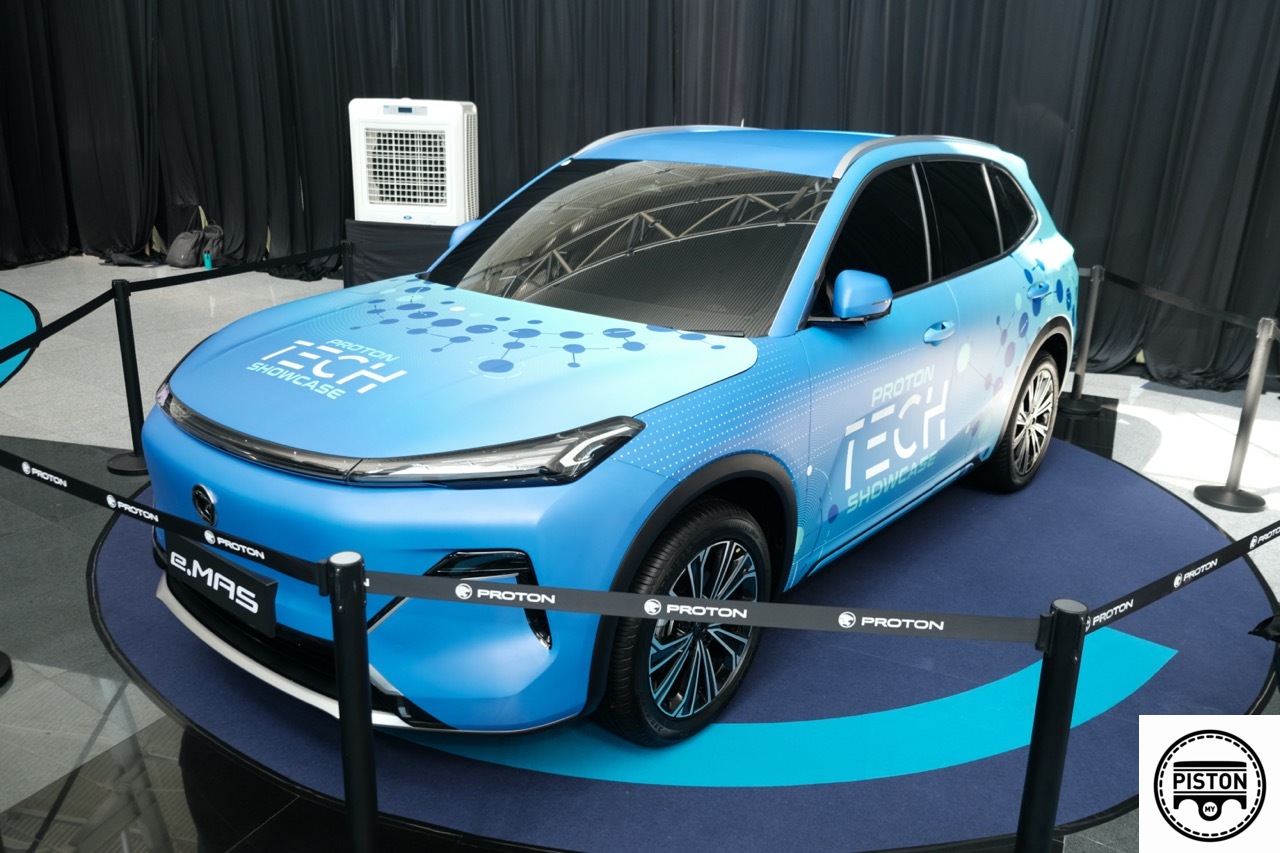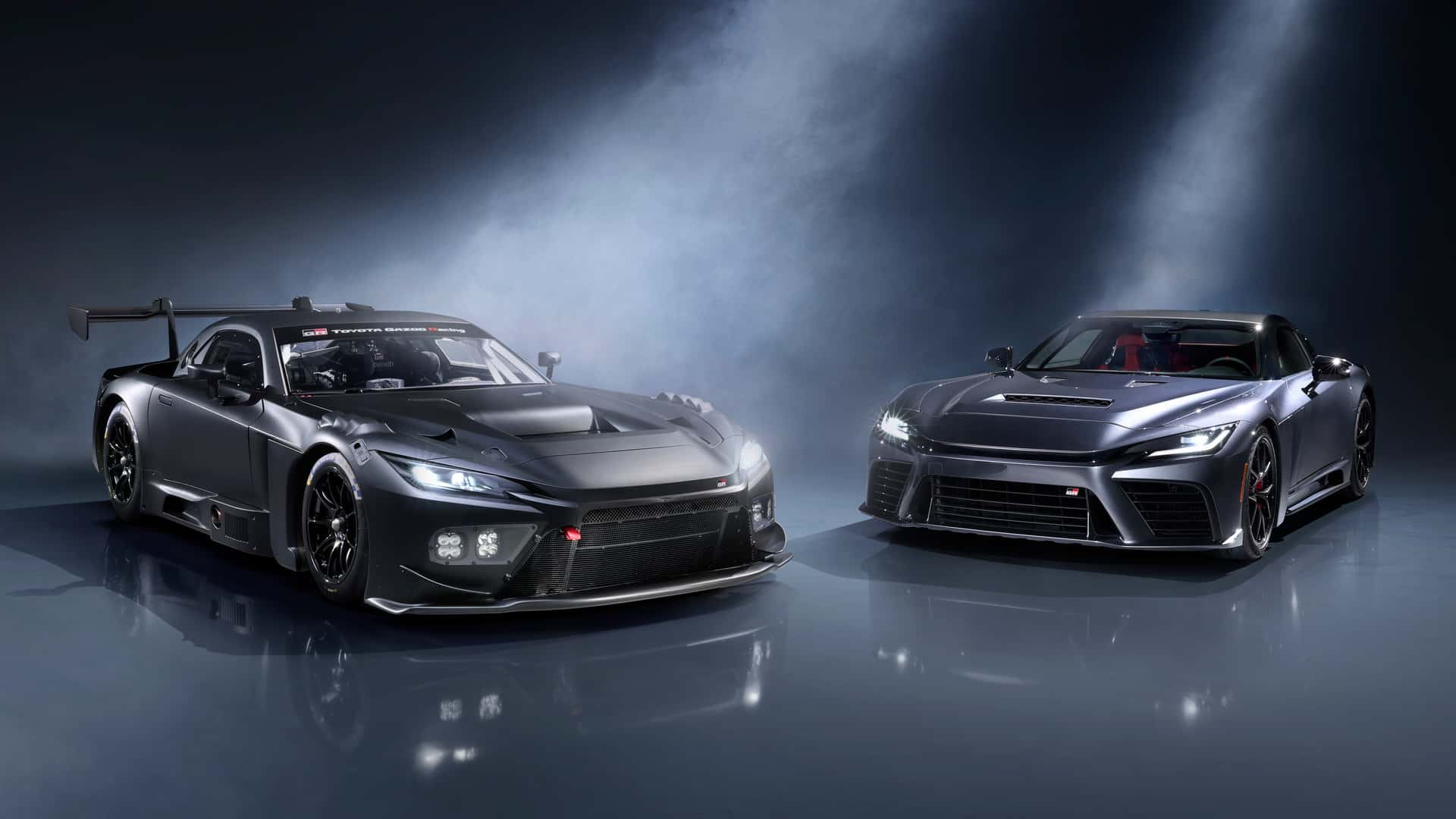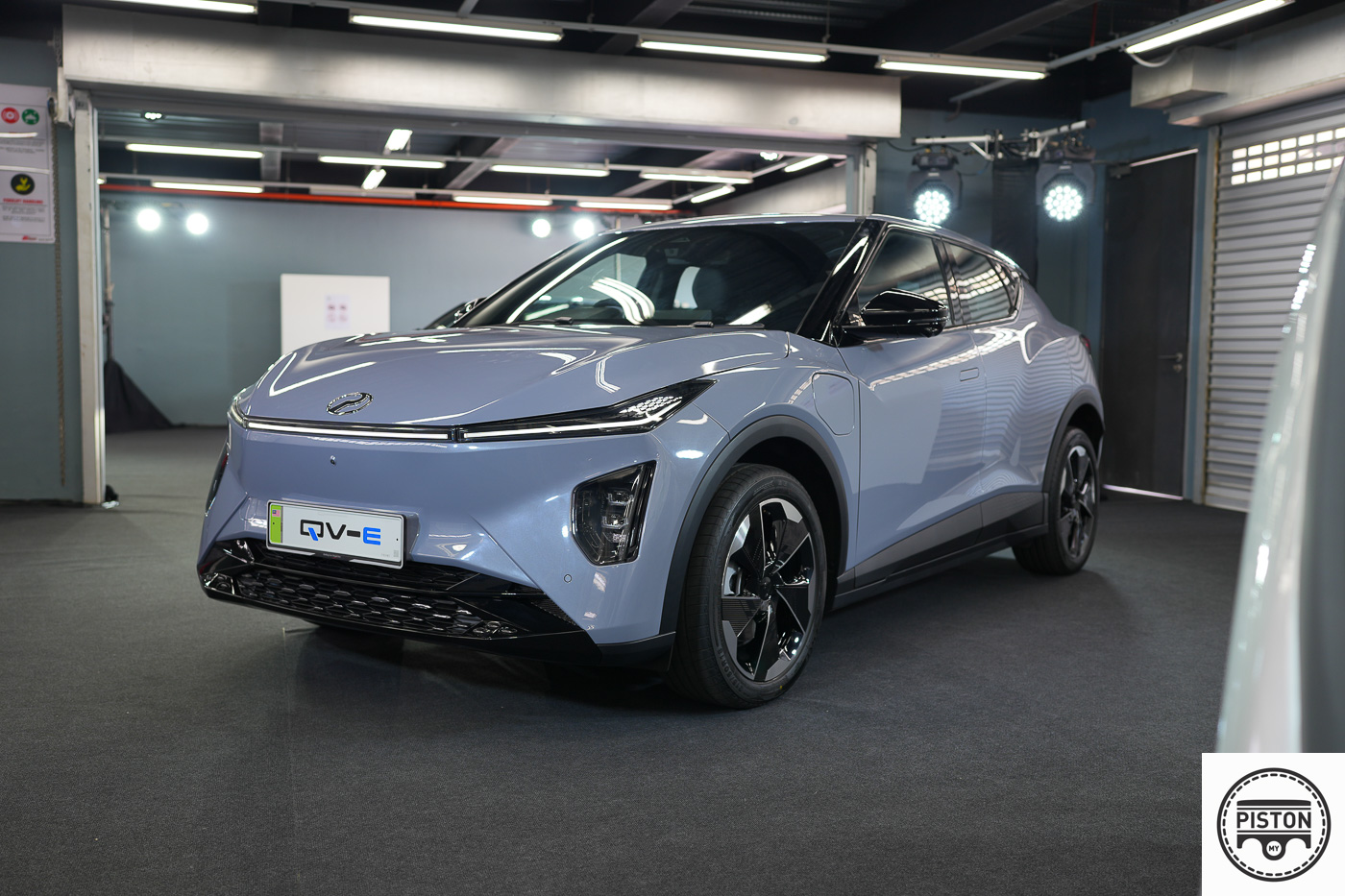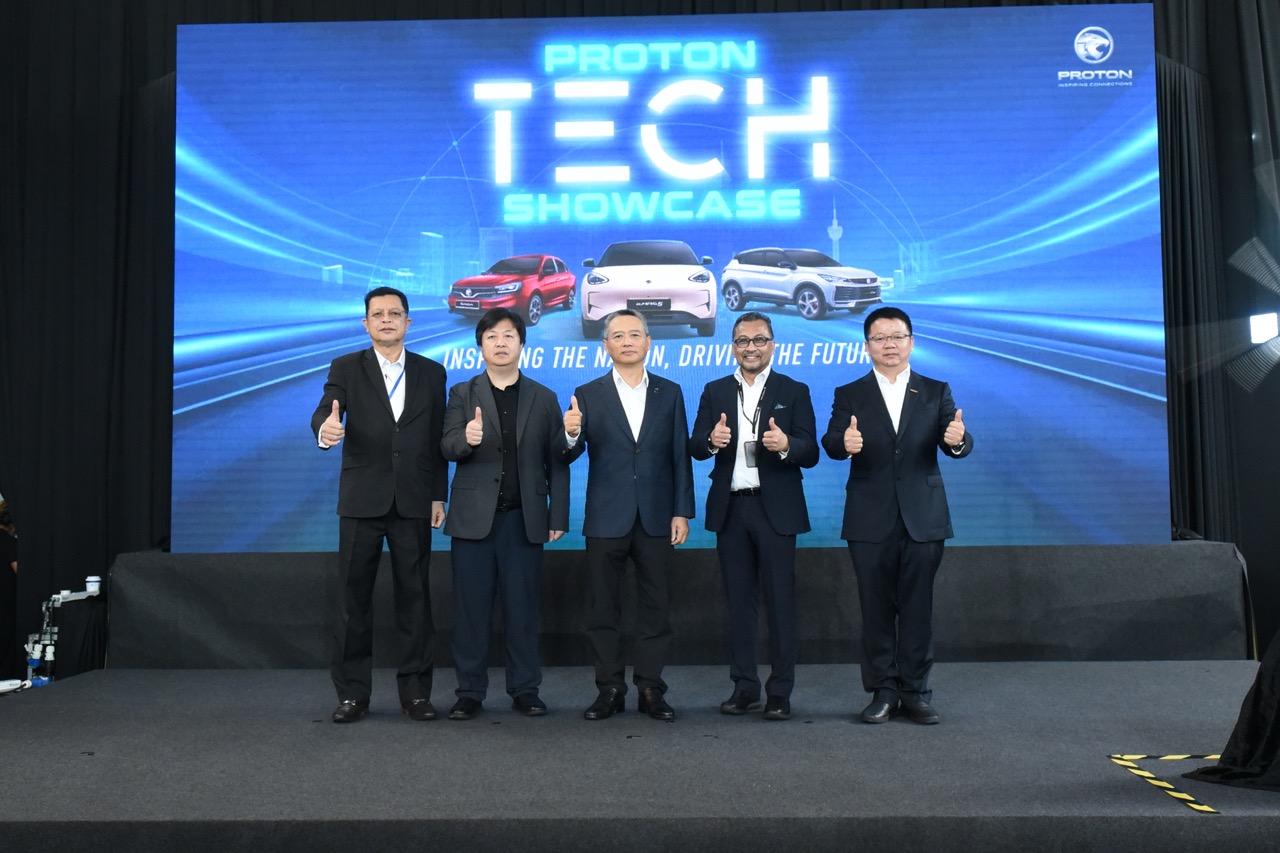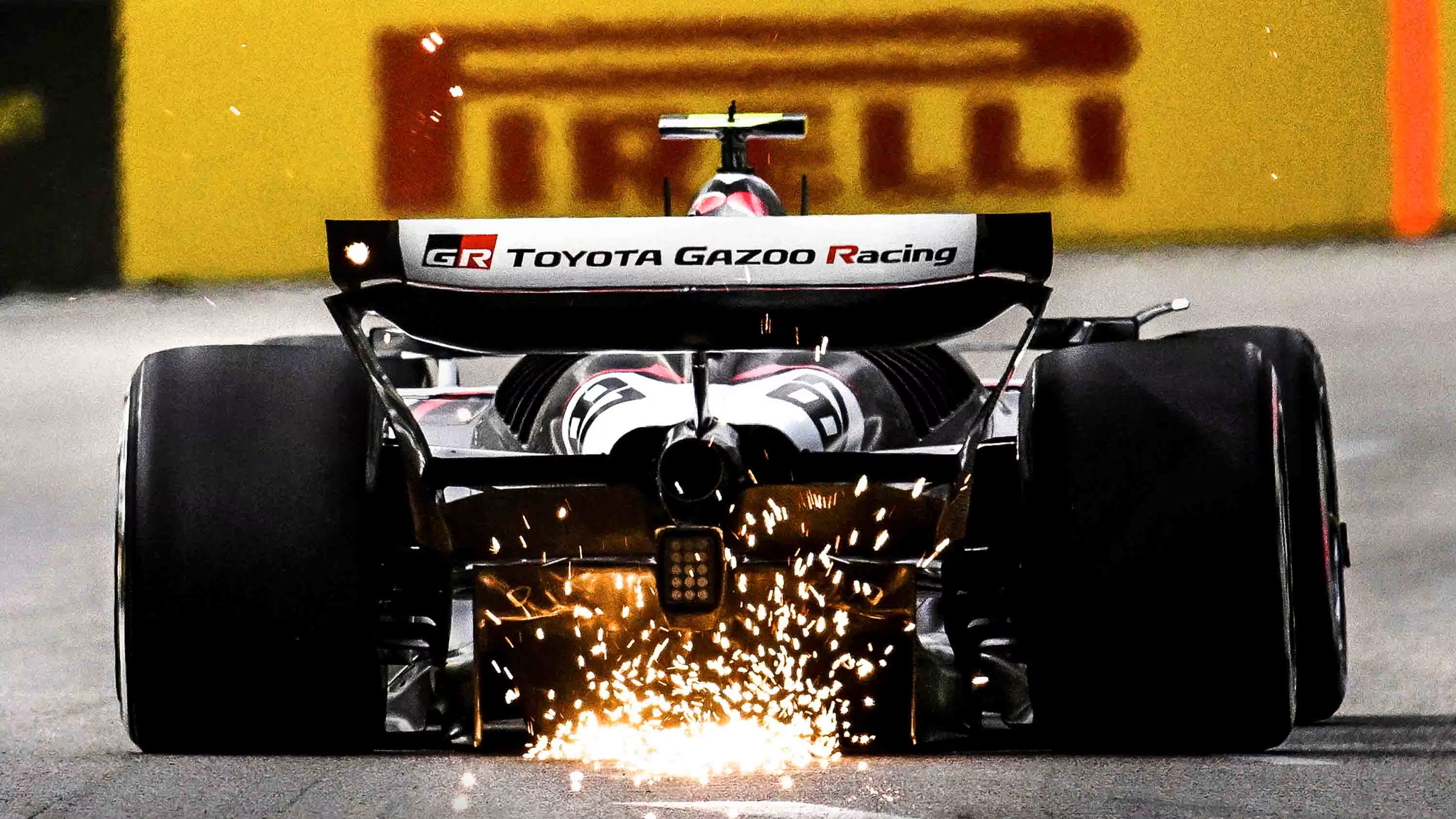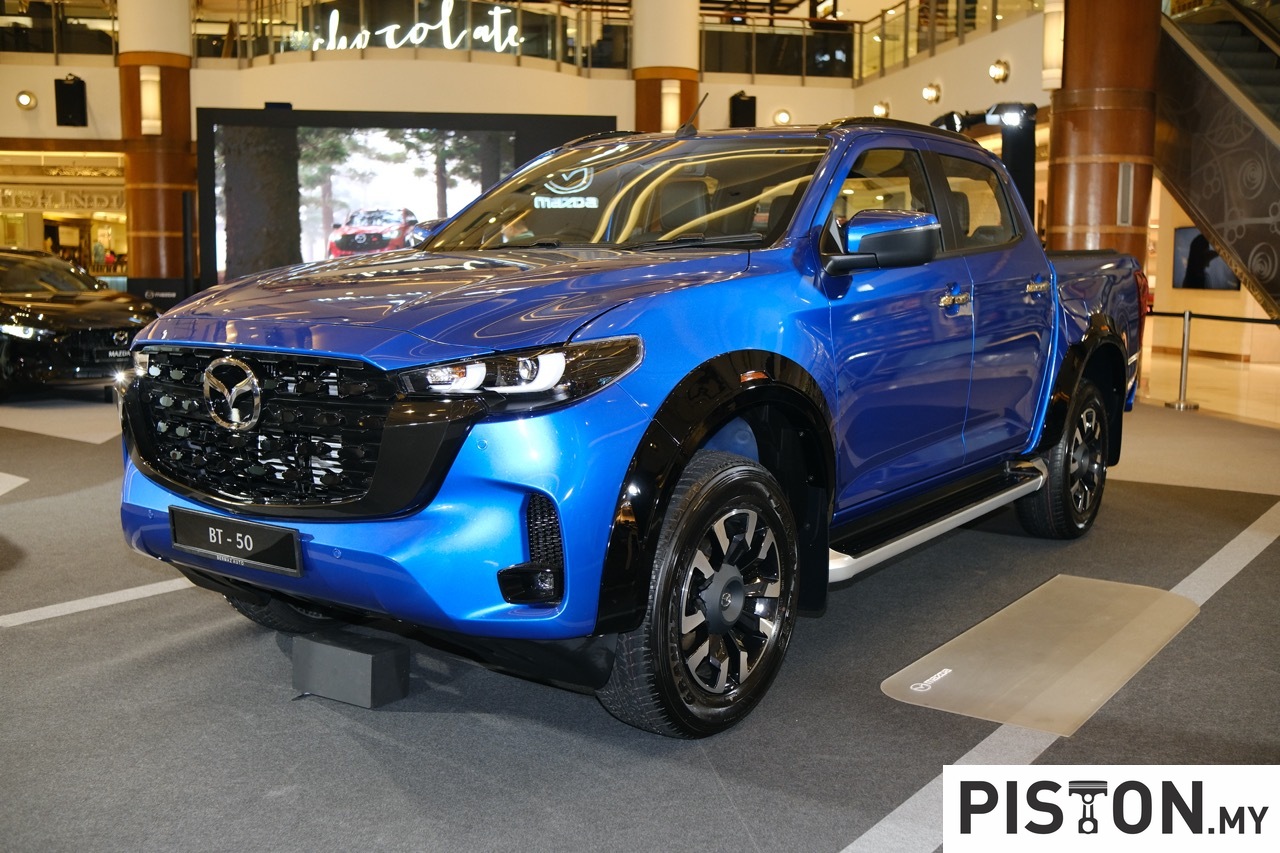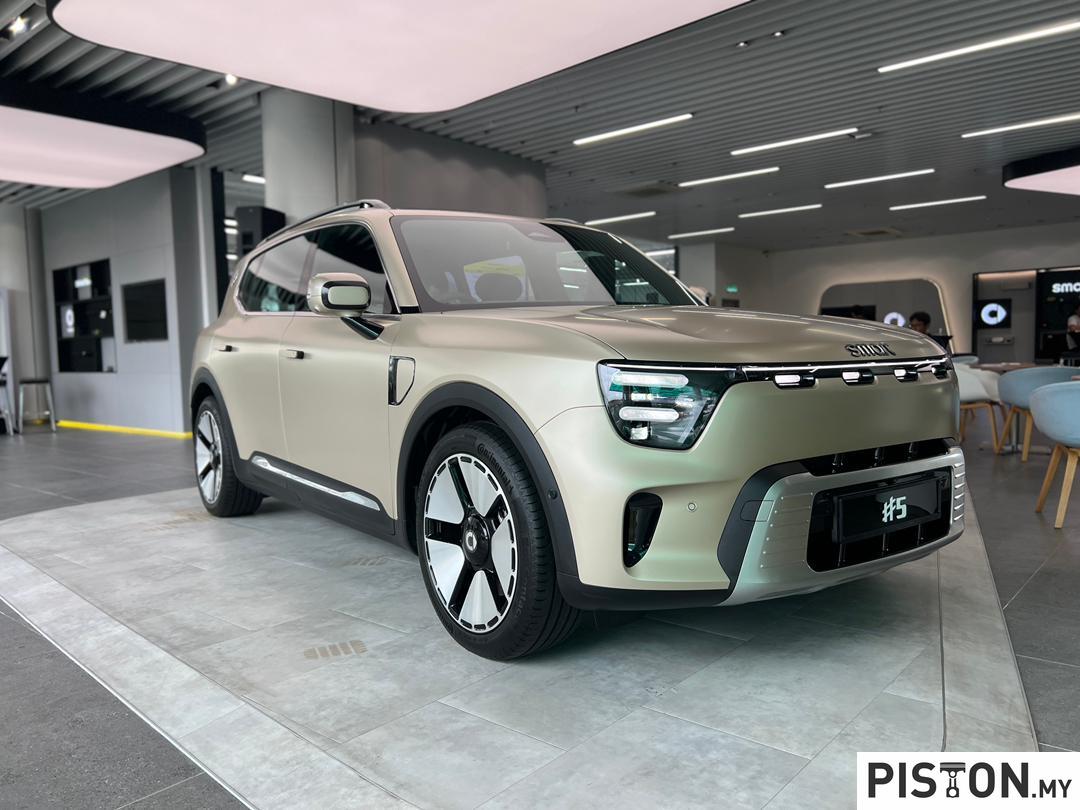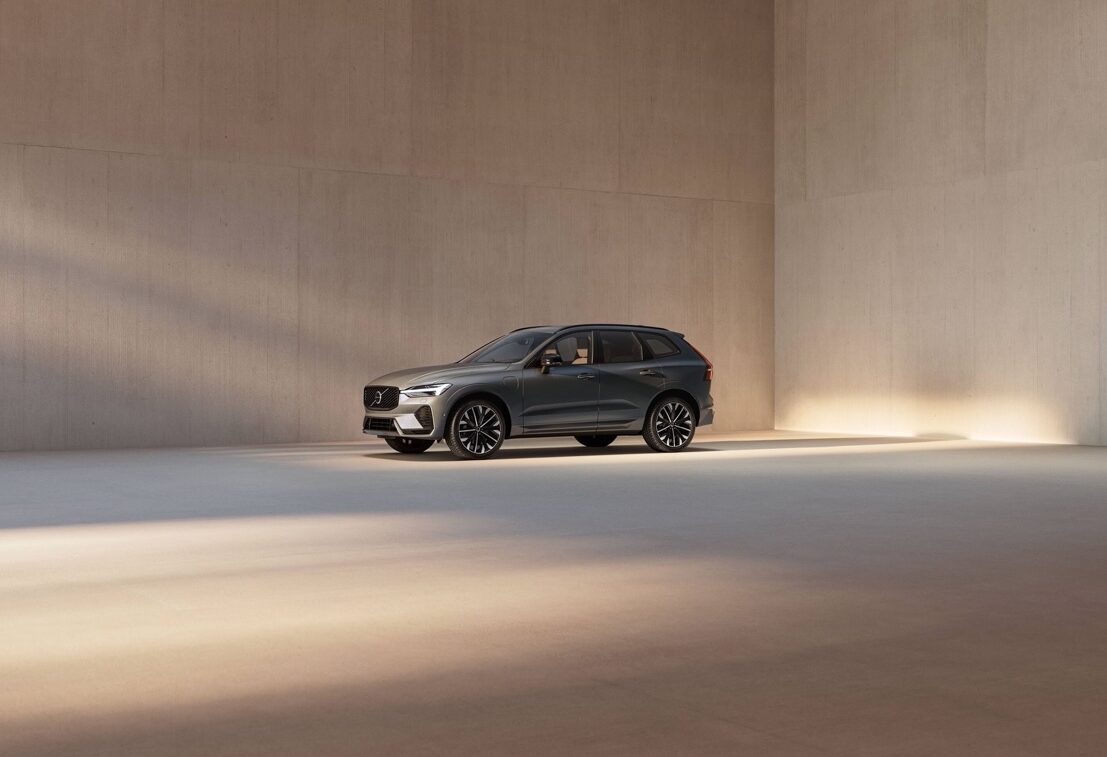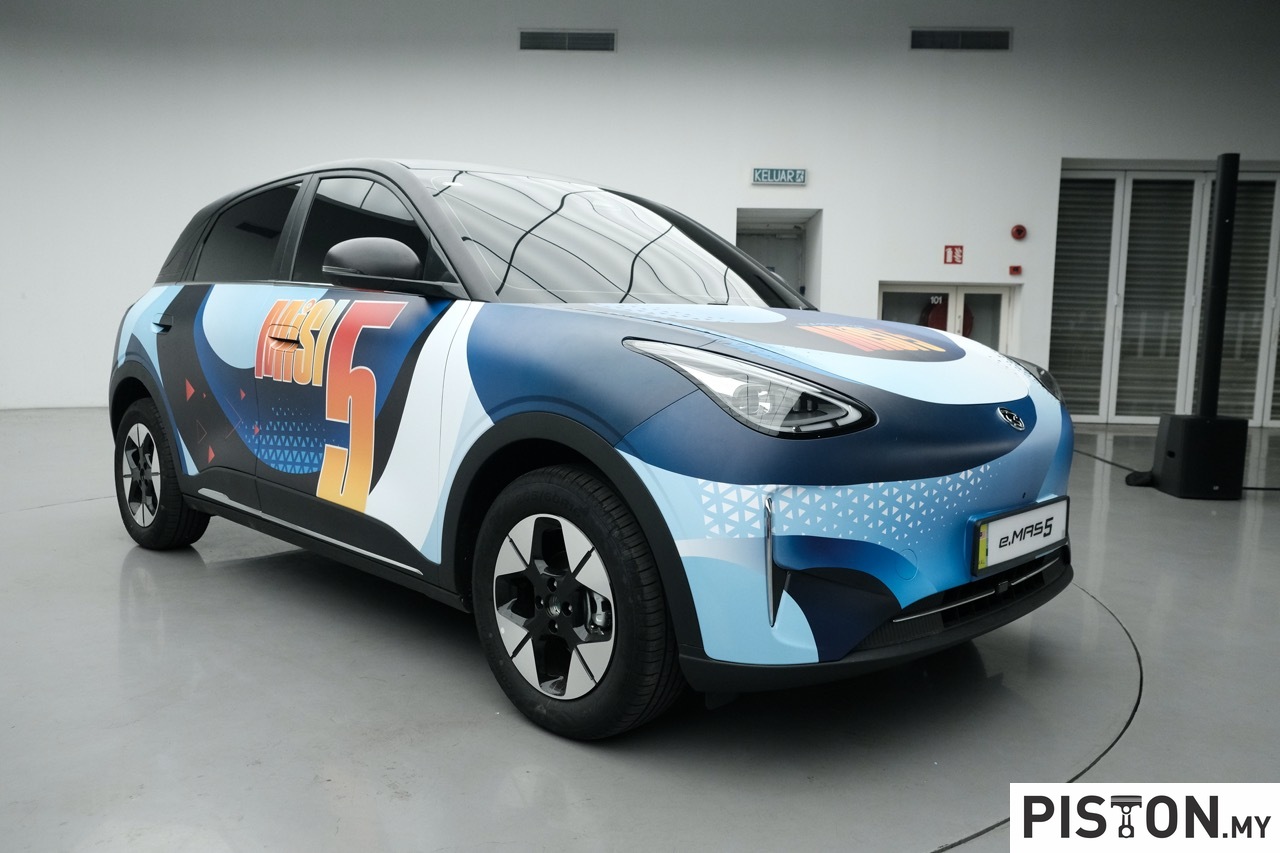The Audi A3, a staple in the automotive market since 1996, is back with an updated version for the 2025 model year. However, it comes with a drawback: a plethora of in-car subscriptions that might irk potential buyers.
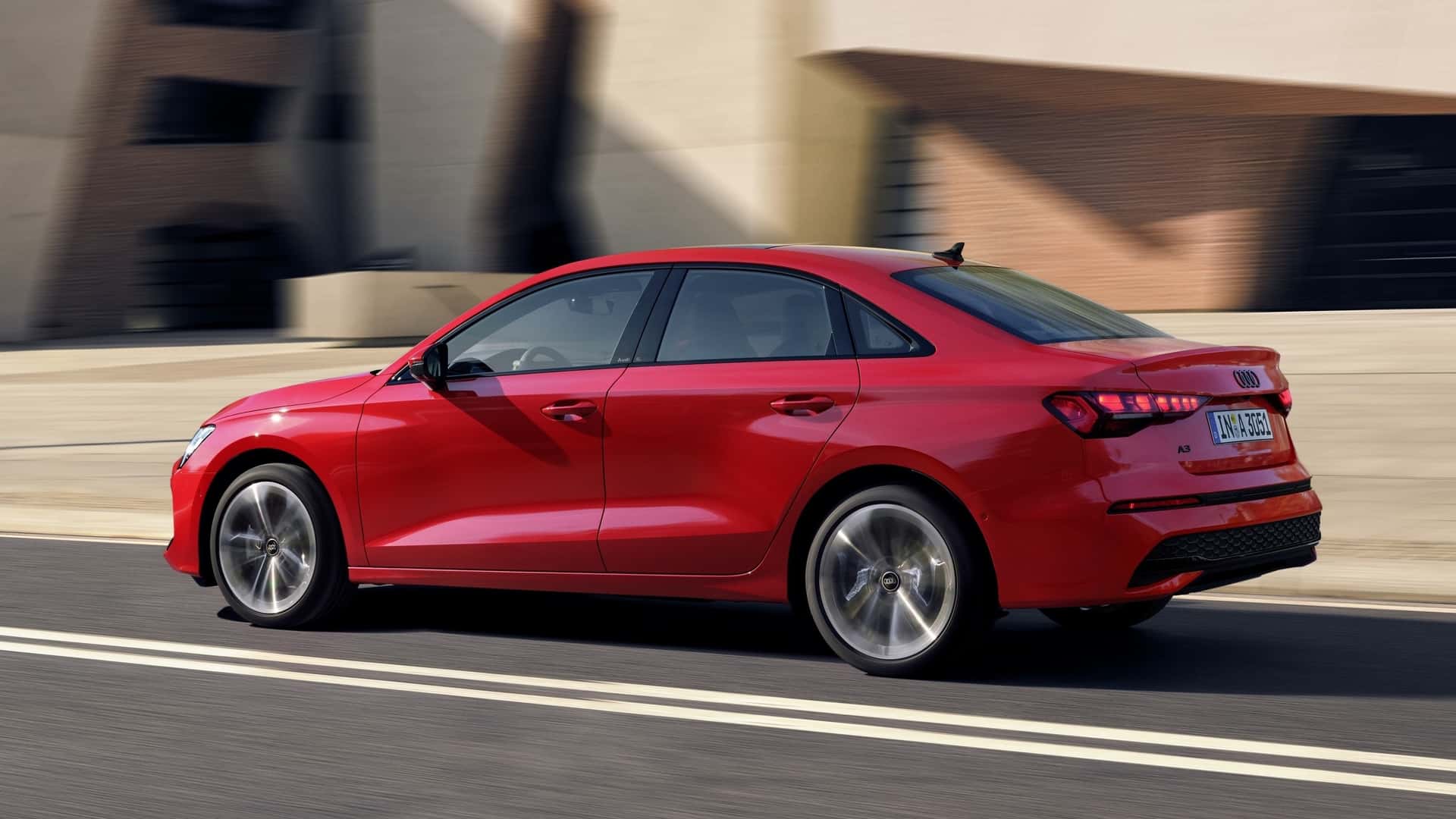
At first glance, the new A3 closely resembles its predecessor. Notable changes include the adoption of Audi’s latest hexagonal Singleframe grille design, larger air intakes on the bumper, a prominently placed Audi logo, and updated LED headlights with customisable daytime lighting signatures. The rear bumper, inspired by the RS3, features new LED taillights, a black accent piece, and a mesh insert at the base.
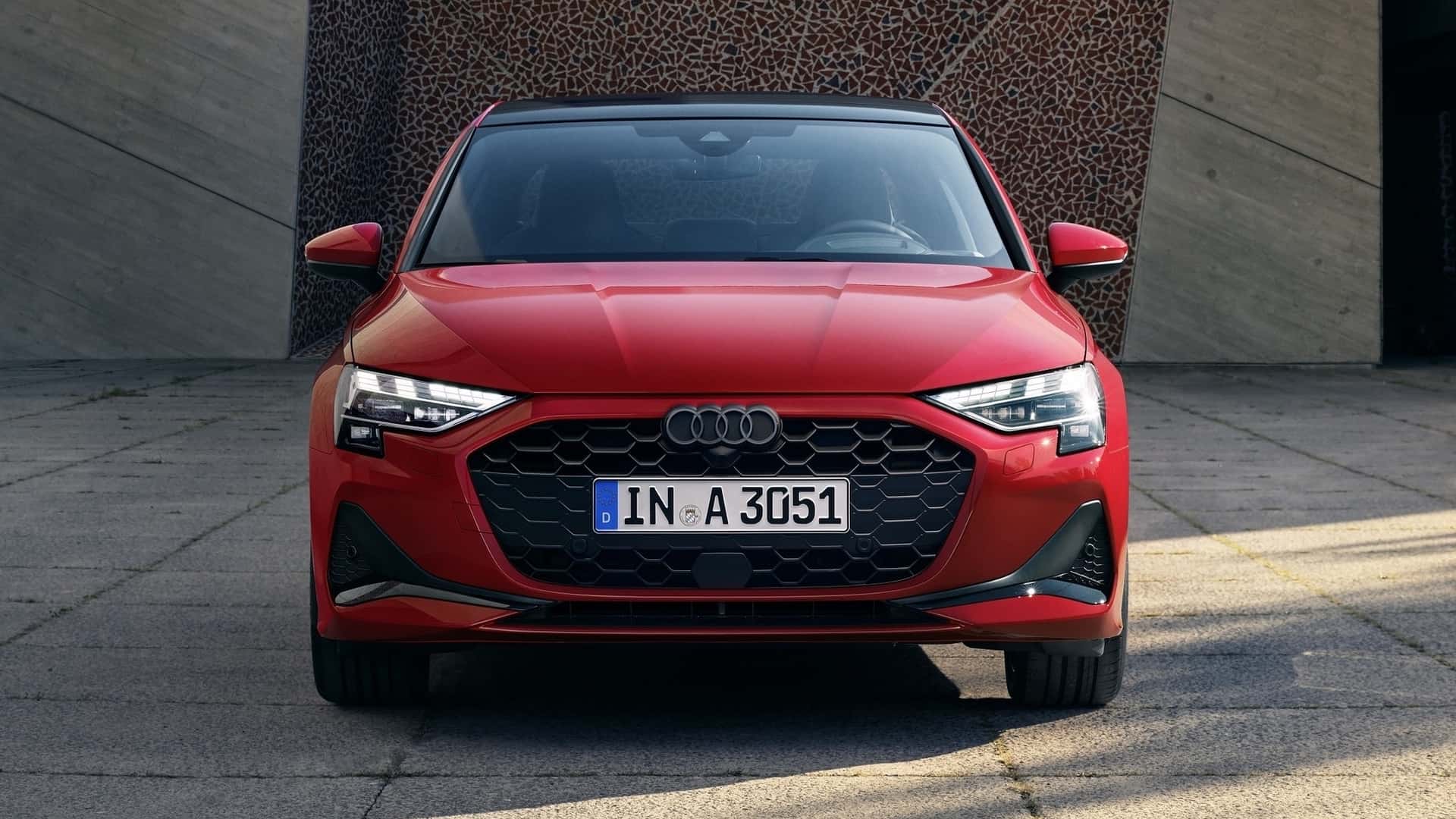
Inside, the A3 offers familiar features such as the 10.1-inch touchscreen and 12.3-inch digital instrument cluster. However, Audi has introduced a new system of in-car subscriptions for basic functionalities like high-beam assist, dual-zone climate control, adaptive cruise control, and smartphone integration. Access to the app store is only granted with the upgrade to the MMI navigation system, from which Audi prompts users to subscribe to additional features like adaptive cruise control or Apple CarPlay and Android Auto for varying durations. Alternatively, users can opt to purchase these features permanently, although specific pricing details are undisclosed.
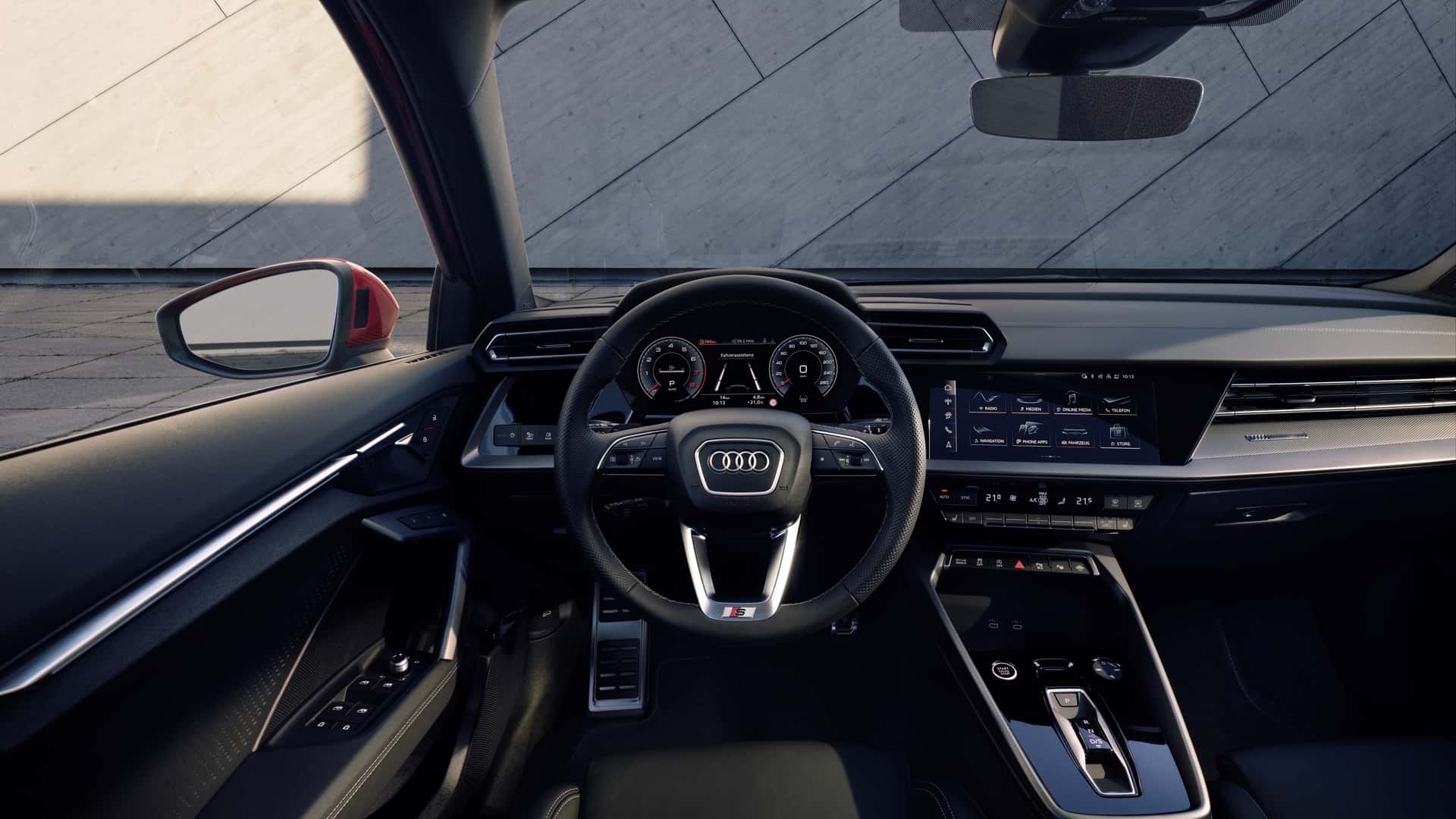
It’s important to note that this subscription model applies to the European-spec A3.
Visually, the cabin retains much of its predecessor’s design, albeit with subtle updates. The gear shifter is now slimmer and seamlessly integrated into the centre console, new fabric inserts adorn the door panels, and decorative cabin lighting offers an extensive range of 30 colour options.
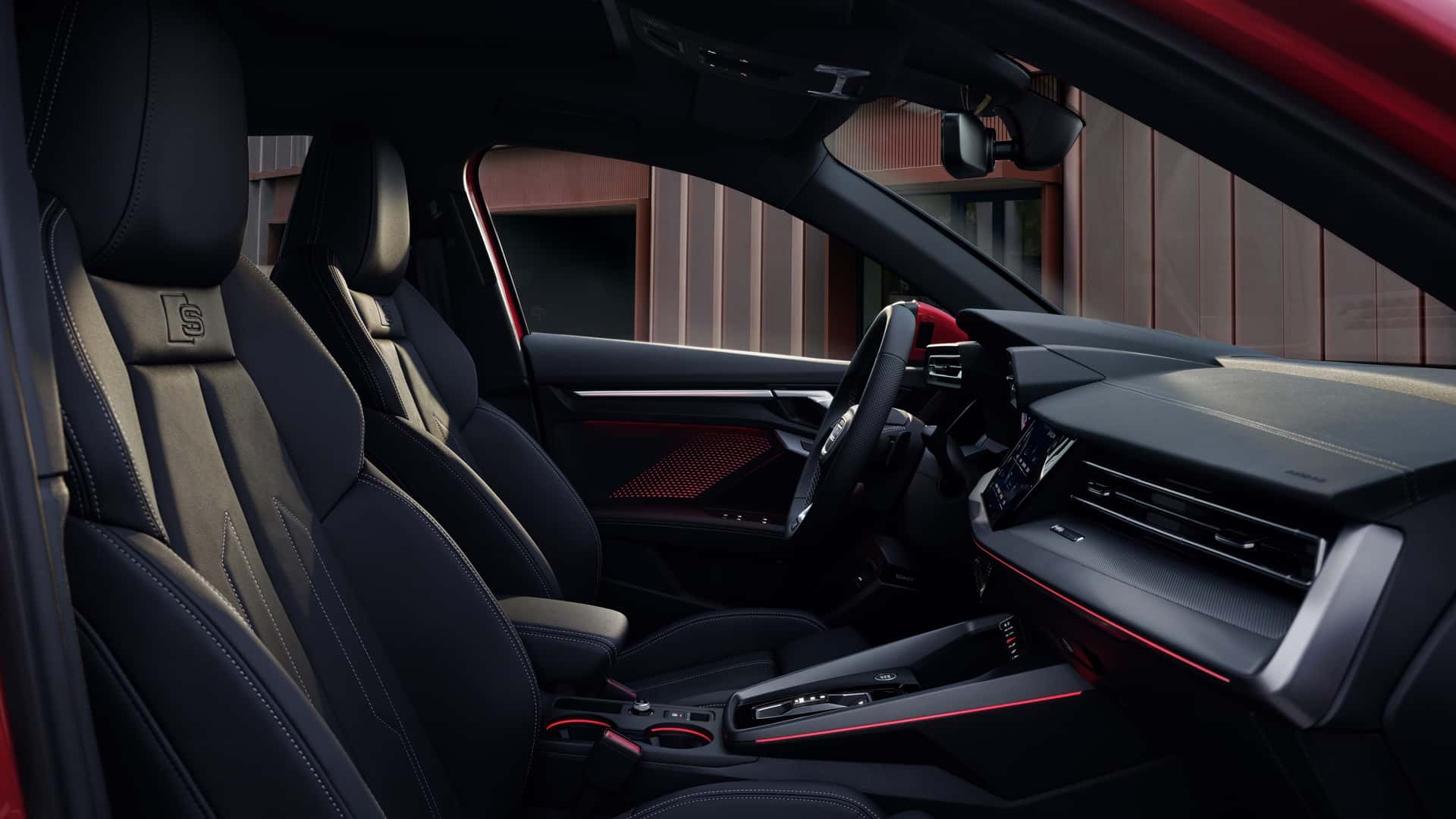
Under the hood, the European-spec base Audi A3 features a 1.5-litre four-cylinder mild-hybrid engine producing 148hp, available with either a seven-speed automatic or a six-speed manual transmission. Additionally, a 35 TDI diesel variant with the same power output and a plug-in hybrid model are slated for release later in the year.
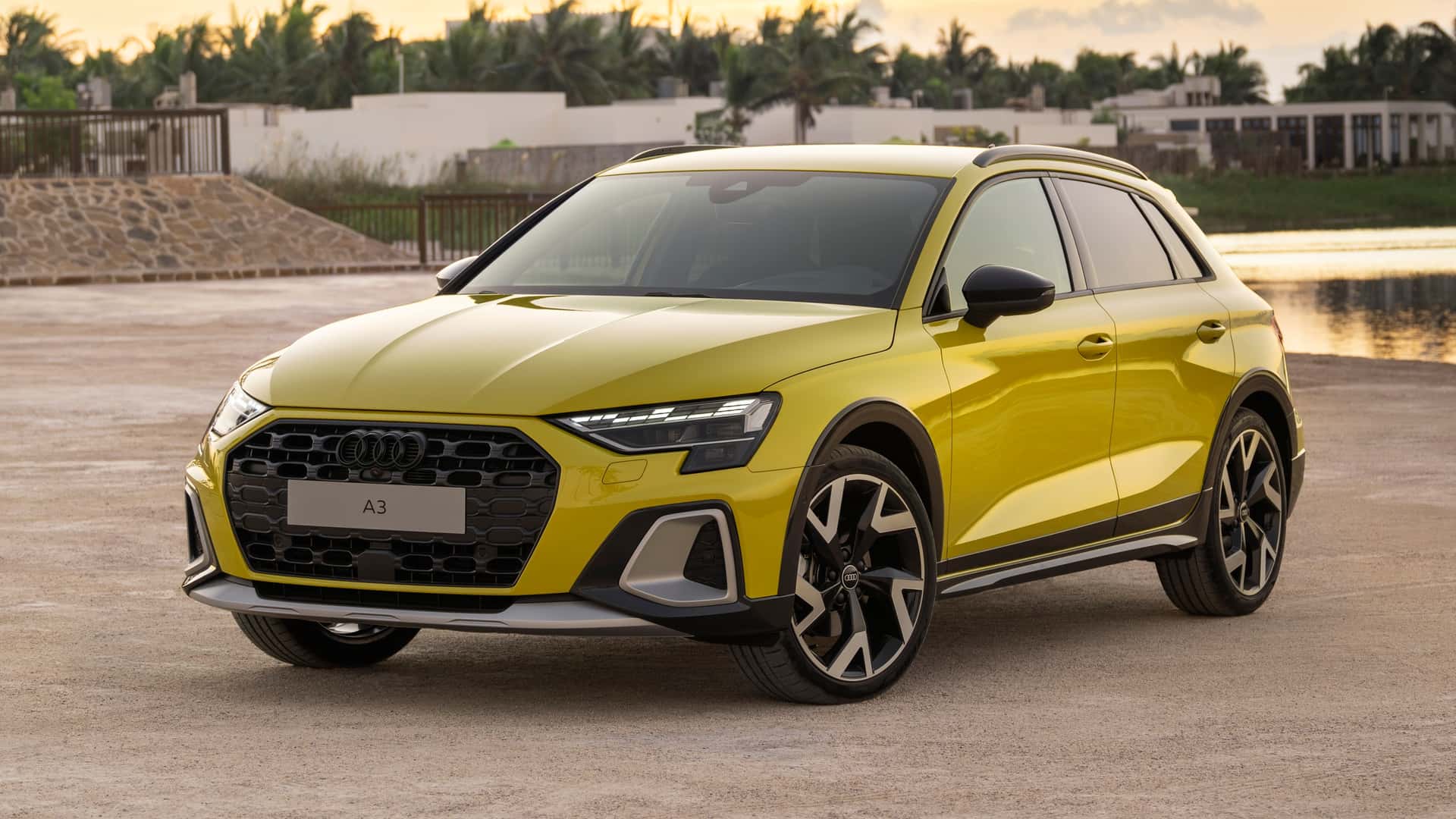
Exclusive to Europe is the A3 Allstreet trim, designed to resemble a crossover with a matte black grille, front and rear grooves resembling skid plates, and plastic trim around the wheel wells. The Allstreet sits 1.2 inches higher than the standard A3, providing a softer ride. Standard equipment includes 17-inch wheels, with 18- and 19-inch options available.
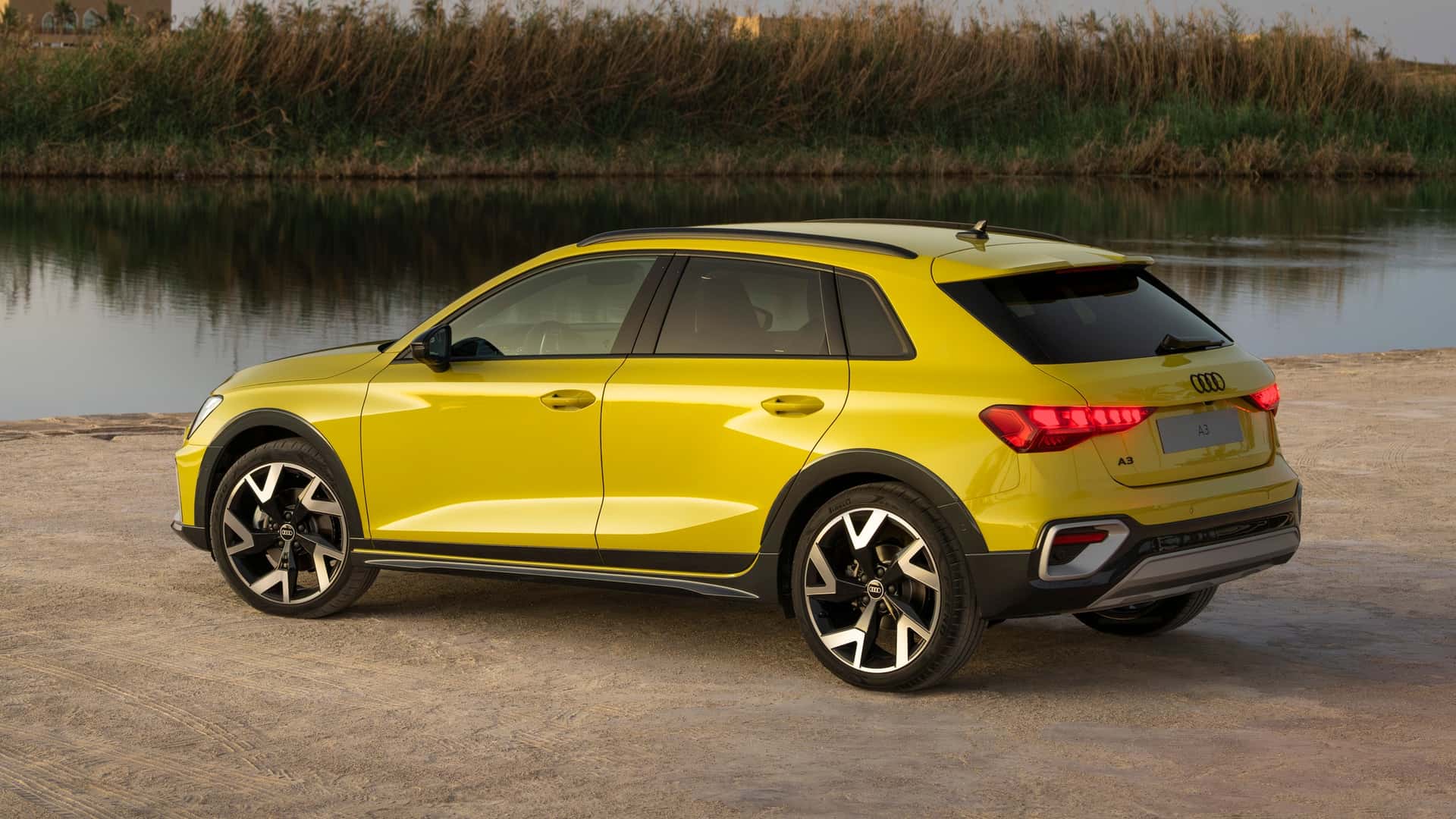
Both the Allstreet and the standard A3 Sportback offer 380 litres of cargo space behind the rear seats, expandable to 1,200 litres with the rear seats folded flat. An electric tailgate is offered as an optional extra.
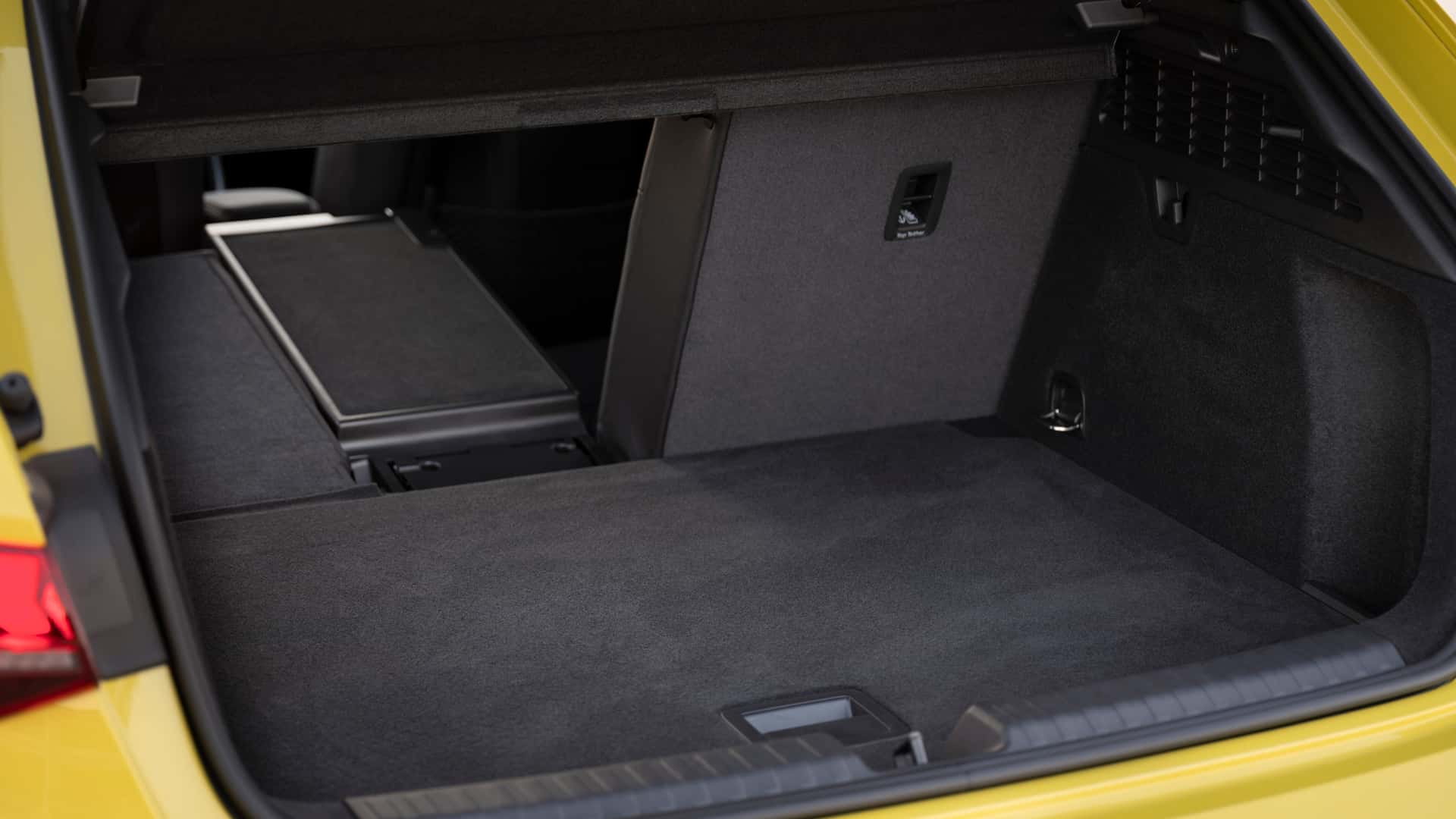
The Sportback starts at €35,650 (around RM182,432), with the sedan variant costing an additional €800 (RM4,093). The A3 Allstreet is priced at €37,450 (around RM191,640).


